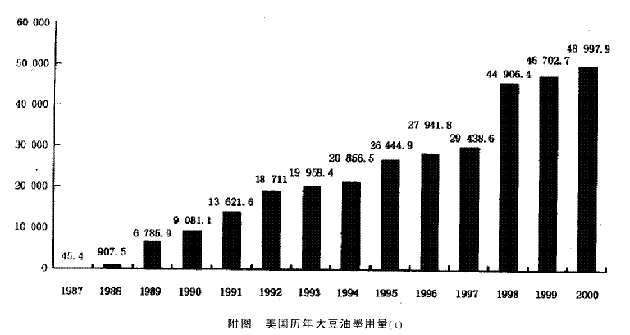The raw materials for printing ink are mainly composed of resin, pigment and solvent. The inks using petroleum solvents contain aromatic compounds that are harmful to the human body. As people's health awareness and environmental awareness increase, the demand for their substitutes continues to increase in recent years. Environmentally friendly soy inks are among the best alternatives. Species.
1 R&D history and current application status
The global oil crisis of 1979 caused oil prices to continue rising, affecting related industries including the printing industry. In order to alleviate the impact of the oil crisis, the American Newspaper Publishers Association (ANPA), now the American Press Association NAA (Newpaper Association of America), has increased the research and development of non-petroleum-based printing inks. After years of testing more than 2,000 vegetable oil formulations, soybean oil stands out. Through the optimization of the formula, Universal Printing Ink Company, a subsidiary of Sun Chemical Company, undertook the production of the first batch of soy ink. In 1987, The Gazette, Iowa, USA, applied the product for the first time and gradually gained popularity due to its excellent performance. In the first year when soybean ink was put into the market, only six newspapers were used. Nowadays, one-third of the more than 10,000 newspapers in the United States have used soy ink, especially since its effect has been affirmed by the larger 1300 daily newspapers. Its usage also increased from the initial 45 tons to 41,000 tons in 2000 (see the attached figure).

In addition to newspaper printing, soy ink can replace other special printing inks such as Sheet-fed ink, Heat-set ink, Cold-set ink, etc. Commercial form printing inks and flexographic inks. Since 1989, 25% of printers in the United States have used soy ink, and larger ink manufacturers have produced at least one soy ink product. In Japan, the application of soy ink has just started. There are 230 ink factories producing soy ink, and 175 printing plants use it. In 1998, the consumption was about 859 tons. Soybean ink meets the requirements of Japan's emphasis on environmental protection and believes that future usage will double. Soybean ink applications are also being promoted in Europe, Australia, South Korea and other countries and regions.
(to be continued)
Airbrush Spray Pen,Spray Art Airbrush Pen Set,Crayola Spray Pens,Airbrush Painting for Beginners,Electric Airbrush Gun
Guangdong Jishengke Industrial Co.,Ltd , https://www.jskpad.com